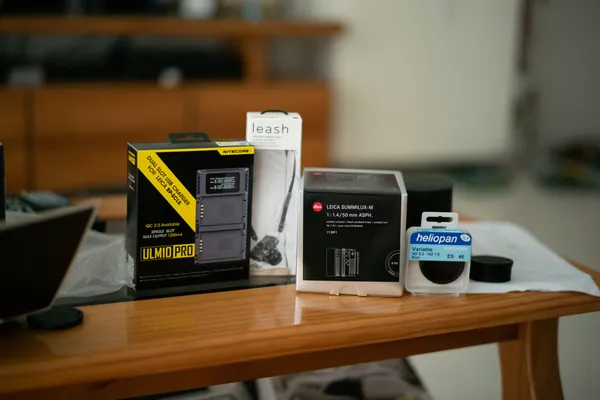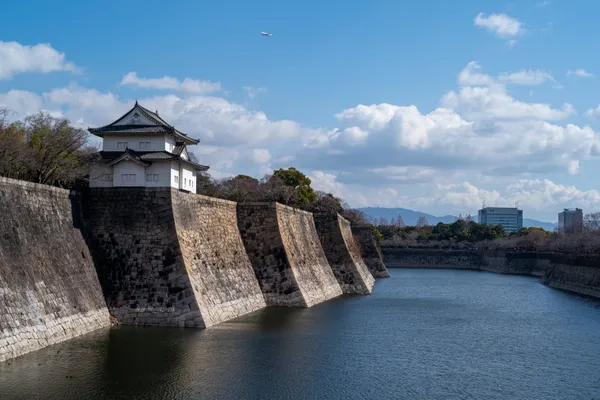Follow up post on From Canon to Leica where I swapped over from Canon to the Leica ecosystem during COVID.
After completing at least one travel trip in Hokkaido 2023 and an actual event Alice and Rayner's Surprise Proposal, it is time to share my experience using the M10 rangefinder.
Terms used throughout the post
- DSLR > Canon 5D3
- Mirrorless > Sony A7R3
My first rangefinder
The M10 is my first rangefinder, and it has taken me a while to gain some experience using it.
Coming from an all auto-focus background, migrating to a rangefinder can be challenging at first.
Shoot and walk away
With auto-focus out of the way, I miss the blind shoot and pray with DSLRs/Mirrorless.

Having shot many events (and with much practice), it has become a skill/habit where I can shoot blind, with nearly 90% targeted subject on focus not only from the waist down but also top-down with a 16-35mm or 24-70mm wide lens @ f2.8.
This skill set is invaluable in capturing spontaneous shots during an event.

With the M10 and my current rangefinder skill level, this shooting form does not exist unless I shoot at f5.6 minimum. Even with zone focusing, I am still not comfortable with the focus gauge as I am not a person who can estimate distances. Let alone you lose out on the bokeh when it's needed.
Time will tell whether I can convert this skill to use on the M10 as I explore more and hone my focusing skills.
Minimum Focus Distance
If you have used devices that let you take photos from a close distance, prepare to be shocked by the MFD of Leica M lenses
| Lens | Minimum Focus Distance |
|---|---|
| Leica Summicron-M 28 f/2 ASPH. | 0.70m (Live View 0.40m) |
| Leica Summilux-M 50mm f/1.4 ASPH. | 0.70m (Live View 0.45m) |
| Sigma 50MM F1.4 DG HSM | 0.40m |
| Canon EF 16-35MM F/2.8L II USM | 0.28m |
| Canon EF 24-70MM F/2.8L II USM | 0.38m |
Assuming we will use the rangefinder to focus, it depends very much on the environment/setting you are in and whether MFD will matter.
Imagine yourself in a packed restaurant or cafe and wish to take that nice creamy shot with the 50lux at f1.4. Before you bump(butt) into someone else or distance yourself to an angle that allows you to focus without changing too much on the initially intended frame, you may be better off switching to a 35mm or wider lens, or an iPhone.
Travel Safety Paramount
While outdoors, the MFD issues are less apparent but not completely gone.
Imagine you would like to capture a close-up of a statue during your travels. You need to be mindful of your surroundings and distance for that particular shot/frame; you get the idea.
Sure, you can bring many lenses with you, assuming we have the following imaginary kit:
- 21mm
- 50mm
- 75mm
Now, that is not a compact kit. Will you lose the street moment changing lenses? If you use the M lenses for travel, it will be less suitable overall.
In this regard, I would go with the Leica Q series, which you can easily swap to macro mode with a slide (food photos) and benefit from auto-focus and the blind shoot.
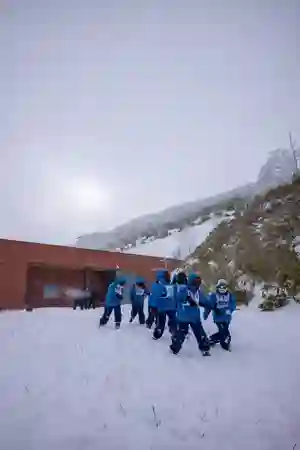
Center focus tendency
With the rangefinder patch in the middle, subjects tend to be center-focused. I have spent much time learning and migrating to using the 5D's multi-controller to move focus points, as that guarantees focus is on the spot and removes any focus shifts due to body reframing movement.
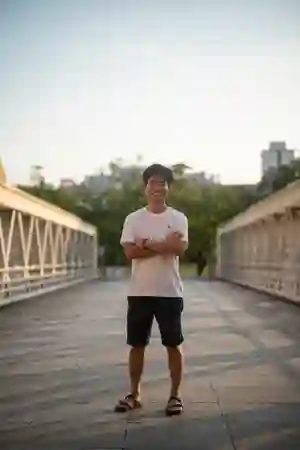
While focus shifts due to body reframing are more obvious for the DSLRs, reframing is not too big a problem for me, but it may be for you if you intend to have a tact sharp focus on subjects while trying to align them on the thirds or any other rule.
The oomph!
My thoughts on the M system may seem on the opposing end, as they are highly relevant to and affected by my shooting style, habits, and experiences. Let me mix it up with the good now.
Weight
The M10 may look compact relative to a DSLR or Mirrorless camera attached to a pro lens, but the body's weight is not.
| Camera | Weight (with Battery) | 50mm lens | Total |
|---|---|---|---|
| Leica M10 | 660g | 337g (50lux) | 0.9kg (997g) |
| Leica M10 | 660g | 257g (28cron) | 0.9kg (917g) |
| Sony A7R 3 | 657g | 815g (Sigma 50 ART) | 1.4kg (1472g) |
| Canon EOS 5D Mark III | 950g | 815g (Sigma 50 ART) | 1.7kg (1765g) |
My usual event kit uses a 5D3 attached with a battery grip, which is approximately 870g + 260g (grip) + 80g + 80g (batteries), totalling to 1290g for the body before lens attachment. That's easily 2kg with the Sigma 50 ART above.
With a dual camera strap, I hang the other spare 6D with one of the Canon f2.8 trinity lenses. This reduction in size and weight is a very welcomed improvement for my trained wrist.

On the table, the Sony A7R3 feels "okay" to hold, but in reality, it is not pleasing during longer sniping periods as the weight distribution is towards the front when the lens (+Metabones Adaptor for Canon lenses) is heavier than the body.
- ✅ FE 16-35mm F2.8 GM II - 547g
- ✅ FE 24-70mm F2.8 GM II - 695g
- 😣 FE 70-200mm F2.8 GM OSS II - 1045g
Over a 6 hour event, your wrists will strain. You can still work around this by using a professional single/dual strap and letting it sling.
Compact Tank
These M bodies feel and touch like tanks. They may be heavy for beginners, but they feel right at home for me. The overall weight balance gives you a sturdy, stable, in-control touch.
The M10 body size may be small for my hands, as I have longer fingers than most Asian men. Fortunately, after some time with it, it did not pose any discomfort in the long run.
Full Frame Goodness
It's a bare requirement for any camera I own to be full-frame.
My previous experiences with APSC and MFT (Fuji, Olympus, Canon EOS 500/Kiss) sensor sizes did not sit right with me. When you open your photos in Lightroom, it feels rather bland.
With camera improvements across the board over the years like the Fuji X100 and Ricoh GR range of cameras, that may have changed.
Going into the medium format would be the next level if I were to pursue photography again.
M Lenses
With reference to my previous Leica Q post, my thoughts on M lenses remain true. These glasses are the bulk of what makes the M system shine.
3D Pop - Focus Pull - Bokeh
With a correct focus, images taken by the M lenses give off a 3D pop to them.

There are many reviews out there that go into the technical details of bokeh rendering, focus pulls, distortions, etc. I won't discuss that as rendering is highly subjective to preference, and in my experience, one's ability and perception of detail, on a natural level or due to experience.
The images produced by the M have a "real-ness" to them. Looking at them, you can almost feel the object or the person's emotions.

Rangefinder focusing
Aligning objects on a patch differs from a modern DSLR manual focus when using a rangefinder. The experience is also different when viewing through the lens (TTL) than through an optical viewfinder.
I mainly shoot with both eyes open and swap the central eye depending on the situation or my feelings. This is not as obvious a change from my DSLR days, but it does get me more involved with the actual scene as you view it whole rather than through the lens. Hokkaido 2023
Pacing
As an event photographer, my flow is as follows:
- Aim subject
- Target
- Shoot and walk away
- (optional) Chimp
On the M10 (as a new rangefinder user)
- Aim subject
- Target
- Focus rangefinder
- Shoot and Chimp
- Walk away
The overall composition and framing that slows you down gives you a more involved shot. The result is not just another digital blob of binary data; it's a "photograph" you have spent your time and efforts on.
Hopefully with more practice, I do not need to chimp as much to ensure my shots are in focus, while still maintaining the same discipline.
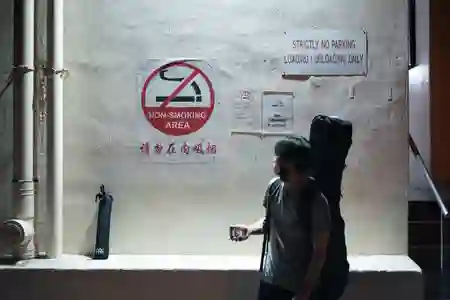
Mixing them up
Any camera system is a tool for painting a photo.
After some time in the industry, I put photographers into two categories: the shutter pressers and the artists.
Shutter Presser
Shutter pressers capture moments in an environment; "creating" a scene is impossible or has the least priority. These photographers primarily work in Street, Journalist, Landscape, Event, and Sports photography, to name a few.
Artist
Artists create the scene they envisioned before taking the shot by moving themselves (framing) or directly changing it. These photographers (or directors) primarily work in Portraiture, Abstract, Food, and Fashion photography, to name a few.
The Balance
Your situation or shoot will determine which role is better suited to produce relevant photos.
When we break them down, an experienced street photographer waits for the person to get in the frame (vision) and then uses their shutter pressing skills (timing and other technical camera aspects) to create the photo.
An experienced artist/director will change the model's expression, pose, hair, clothing, and furniture in the studio. Technical aspects are less important during the shoot (while you still need the knowledge, lighting and camera settings will be set up before beginning the shoot).

Event Photographer
As a shutter presser, there are times when I need to be in the Artist mode. On default, I am on 6:4, with 6 being the shutter presser. It is a mindset in general, and which mindset you use for which situation will greatly help produce relevant results.
During my first studio experience working with an amateur model, I just stood there waiting for "scenes" to happen (Shutter Presser). While it was a learning experience for both parties, you are then required to give directions, setup your lighting etc, to create the "scene". From a 10:0 shutter presser, you will need to change it up and go 2:8, with priority in creating the scene.
The M10 rangefinder experience puts me roughly around 4:6, inclining towards an artist. Not to say that most people who use the M rangefinders are artists; it's the thought and physical process behind it. If we imagine everyone has perfect rangefinder focusing and zone focusing skills, the M10 can and will be able to snap just like any other camera body.
In an event, you may not have the luxury of creating a scene, although past experiences and camera skills play a big part in how you blend/lead them together.
Most event subjects (Wedding and Concert for example) do not stay still, and I counter this by tapping/half-pressing the shutter multiple times before the final press to ensure focus on the DSLR/Mirrorless.
By taking out auto-focus and including your other arm to manual focus, the variables that may lead to an unusable photo, or missed opportunity are high (add-in: no ETTL for third party flashes, and flash sync speed is limited to 1/180s).
The above is just one scenario where the photographer is still, how about if you are moving/tracking the subject during movement?
The M rangefinders are not recommended as a modern event tool
As an event photographer, I would require more practice to smooth the shooting process. It is very easy to just read that previous sentence, there's a toll on your eyesight, and most likely mental as well, depending on focus confidence, and you still have 4 hours left for the event.
Results
What matters, rather than the experience or any form of camera review, are the results of your photographs.
An artistic photographer may find that it is acceptable that a shot is focused on the cake, while the customer/couple may want their faces in focus.
There's no pleasing everyone, but I could get two shots of that scene, one with the couple in focus, with the DSLR/Mirrorless AF, in less than 2-4 seconds.
That's how fast and unforgiving it is in an event environment before I have to preemptively move to an angle for the next winning/must-have shot.
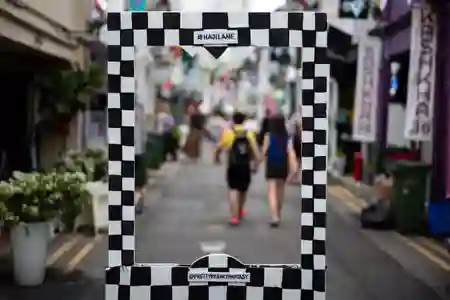
Abstract
It's not my strong forte, but I sometimes come across a shot that depicts a personal feeling.
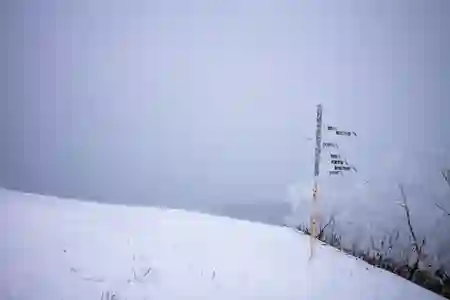
The M lenses' low distortion, clarity, sharpness, and rendering help convey this feeling very much. It may be due to my age (born in 1985), but abstract shots taken from my DSLR days don't have such emotions.
Eye Vision
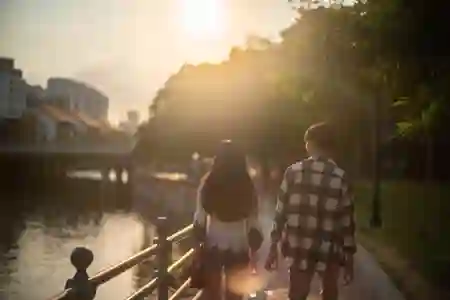
As I get older, my vision also starts to deteriorate, which means that looking through the optical viewfinder for focus depends on whether my eyes, spectacles, or contact lenses are in focus.
If you wear spectacles, note that you will lose a full view of the rangefinder.
Conclusion
This post took awhile to write while I consolidate my early experiences.
I got to "review" it with technological improvements in iPhones and improved AI in mirrorless bodies over the past few years. Recently, we have also seen the emergence of image-generation systems like Midjourney.
Not so Modern
As of 2024, most camera brands offer the same features in still image aspects besides video capabilities.
Put the megapixels aside
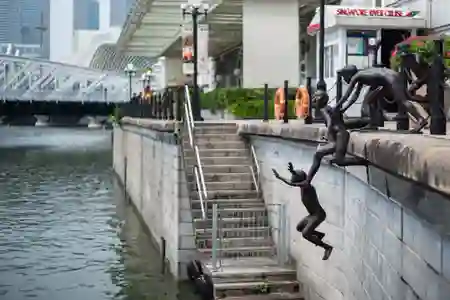
Suppose you are not a building/billboard-sized print photographer or a Fashion/Product photographer, you should stop considering the megapixel size of camera sensors when purchasing your next camera.
Camera image sensors will keep improving. Don't get me wrong; having a high-megapixel sensor does help with capturing a more detailed and accurate scene, but do consider whether it is needed for your use case.
Unless your shooting environment requires you to crop in as much as possible, like Aerial Photography, these are just pointers; you should already know what you plan to shoot.
Remember to factor in the other "hidden" costs, like needing more external hard disk space to store your RAW files.
Right tool for the job
The M10 (or even the newer M11) will lack features, but that is not why you are researching purchasing a Leica rangefinder in the first place.
Considering a Leica camera and other brands is like walking into an art shop to look for your next brush. The Leica rangefinders will feel like a very expensive mechanical pencil that does one job correctly. At the same time, mirrorless bodies are like multi-coloured ballpoint pens in different models with fewer or more colours, and they come with a pencil feature, too!
I could have similar experiences when I walk into a drum cymbal shop. As a drummer, if one cannot value (hear) the difference in tone and ambience of the various cymbal sounds, you are not ready to buy into Leica's range of products.
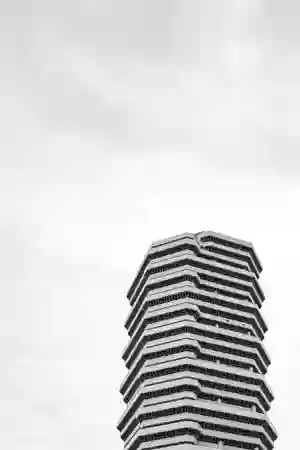
From an Event Photographer's perspective, I would go for another brand like Canon or Nikon because of their large variety of lenses and accessories. The keep rate of photos (auto-focus) increases many folds, and the time for you to profit from your shoots (after making even) will be greatly reduced.
Experience
Even with the many improvements of other camera brands or the increase in megapixels on the M11, the Leica rangefinders still have their place in the camera industry.
The process of taking photographs can and will only get faster and more convenient over time, meaning the "experience" will be short or non-existent. We now have AI systems like Midjourney that can generate photos for you.
It is a worrying and exciting time.
If you value the experience of taking a photo like in the old days, the Leica rangefinders have an alluring, solid charm, and you will benefit the most from it.

It is also a capable professional camera, provided the scenes are not fast-paced.
Retiring
If you are like me, either having been a professional or retiring from the industry, looking to trade all your equipment, the Leica rangefinder ecosystem is one of the ways you can migrate. You may also look into the medium format range of ecosystems like the newer and more compact Hasselblad bodies (X2D).
New photographers
Taking it serious
If you are starting new, I would recommend something other than the rangefinder range of cameras. It would be best not to let the "process"/manual focusing of taking photos hinder your photo results.
Your current priority should be to ensure you hone your technical skills and knowledge to have a high keep rate of your photos. What about photo culling and editing?
The first few photography requests will be very "Event"-ish, where the results are not blurry photos of your relatives/friends.
A starting combination of the following:
- x1 Leica M10/M11
- x1 Leica 50mm lens
The total price will land you in the "pro" range of other camera brands like Sony, Canon, and Nikon.
You can even mix it up by purchasing a medium-range camera body. With the spare change, get one pro-grade zoom lens and another prime lens, which makes more sense as you can experiment with more angles and get some experience producing bokeh.
Chill Ride and Hobbyists
You have experience using someone's rangefinder before and have become curious. From above, determine if you are mainly an artist or a shutter presser.
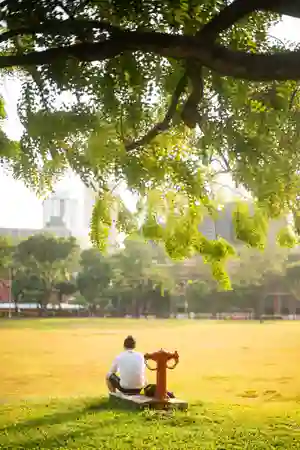
Artists
You will feel at home with the rangefinder and "creating" a photograph.
Shutter Pressers
Besides the recommended Leica Q, other brands may be more accessible in terms of price, like the FujiFilm X100 series and the Ricoh GR range of cameras. Your priority is to take photos that make you happy and, most importantly, in focus. You can always blur out in-focus pictures if that is what you want in post editing, but not vice versa.
Closing
Hope this M10 experience post helped to provide some insights for using the Leica rangefinders.
New revolutionary features like Eye-AF in newer bodies will probably negate the need for blind-shoot techniques. The rangefinders will not help when you need that one-hand weird angle snap at f1.4.
With all its shortcomings relevant to my shooting style, the Leica rangefinder helped me evaluate and be more critical in "making" a photograph.

Consider your photo results. If you prioritise fast on-focus, action snaps, the rangefinder may not be a good fit from the beginning, but it does have a chance, depending on the user's manual focusing skill level.
When given a choice to have just one still image camera, the M10 attached with the Summilux 50mm deserves a permanent spot in my dry box:
- Compact and 35mm Full Frame quality
- Great for photo walks
- Great glass quality, bokeh and clarity
Thank you for reading!

